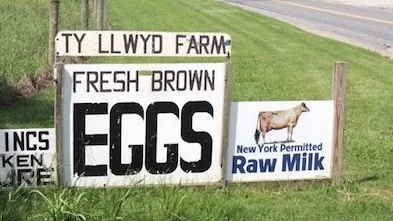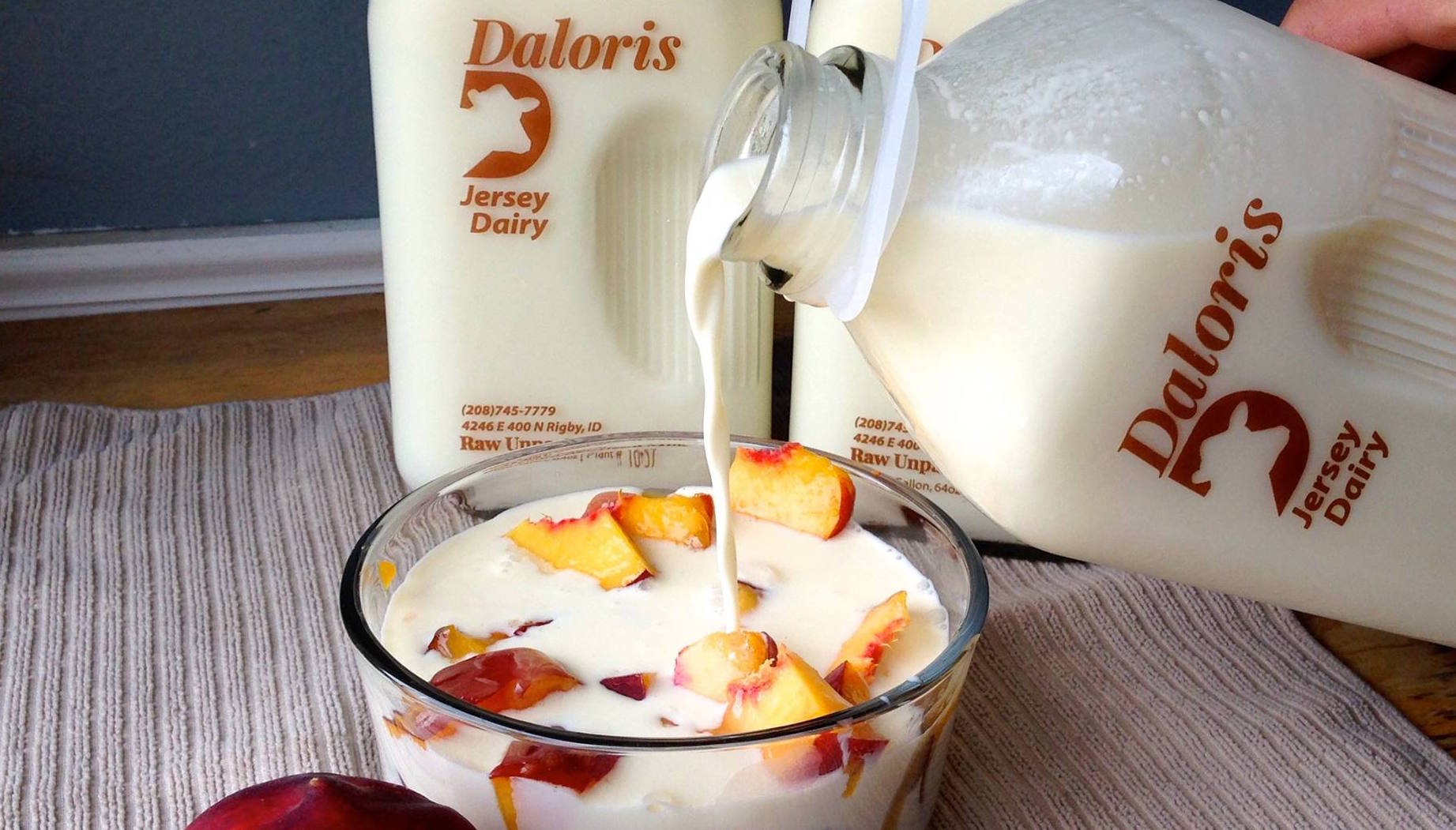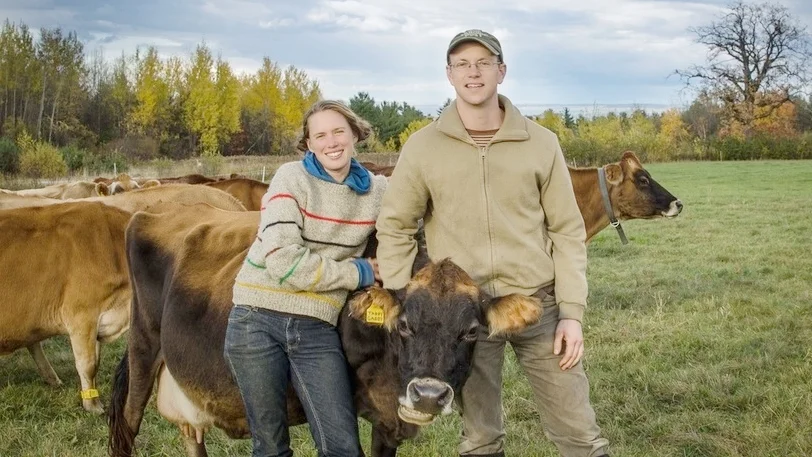Why Certified Raw Milk is safe
this is an excerpt from the Briefing Pack v2:
Raw milk is the only food that combines built-in anti-pathogen mechanisms with numerous components to create a healthy immune system. It contains components that assist in:
killing pathogens that have contaminated the milk: complex biological and chemical systems (which begin to be destroyed by heat at 56°C) play an essential role in the killing of pathogens by macrophages. The system is known to include lactoperoxidase, lactoferrin, leukocytes, macrophages, neutrophils, antibodies, medium chain fatty acids, lysozyme, vitamin B12 binding protein, bifidus factor, and beneficial bacteria
preventing pathogen absorption across the intestinal wall: polysaccharides, oligosaccharides, mucins, fibronectin, glycomacropeptides, bifidus factor, beneficial bacteria
strengthening the immune system: lymphocytes, immunoglobulins, antibodies, hormones and growth factors.
Pasteurisation destroys many of these anti-microbial and immune-enhancing components (Table 1). Ultra-pasteurisation completely destroys them. Numerous studies have shown that pathogens grow more slowly or die more quickly when added to raw milk than when added to heat-treated milk. For a history of pasteurisation please see Appendix 1 on page 19.
Australian microbiologist Dr Ron Hull has given expert evidence about the safety of raw milk. Dr Hull describes raw milk as having “two systems of immunity to pathogens.” The first he calls “innate immunity.” This comprises a number of factors, such as a set of enzymes, white cells (as in human blood), antimicrobial fatty acids, as well as mineral apatite complexes, with antimicrobial activity. Dr Hull says the existence and function of this innate immunity is well established in the scientific literature.
“The other system of immunity to pathogens in raw milk is the existence and growth of lactic acid bacteria. These are the sort of bacteria that cause milk to sour (‘clabber’) or, when certain strains are added, turn into kefir, yogurt or cheese (all edible and safe), if left at room temperature. Since both of these immune functions of milk are severely compromised by pasteurisation, pasteurised
milk left at room temperature will ‘rot’ (and become unsafe) due to the action of other types of bacteria which are not killed by pasteurisation. Pasteurisation kills the lactic acid bacteria, the white cells and half of the enzymes, leaving the terrain clear for the remaining bacterial types to multiply unhindered by competition,” Dr Hull says.
“Raw milk will always ferment to an acidic product—soured/clabbered milk—on storage, and is harmless to consume; whereas pasteurised milk putrefies and will make one sick if consumed. Little Miss Muffet’s curds and whey was simply soured milk, a commonly consumed, nutritious and safe food.”
Dr Hull says that “farm fresh unpasteurised milk produced by grass- or hay-fed animals and handled appropriately can be just as safe as pasteurised milk.”
Why modern methods of dairy farming ensure raw milk’s safety
Dairy farmers today take advantage of many advances that contribute to a dramatically safer product. The most important is the eradication of diseases transmissible to people, in particular brucellosis and tuberculosis. Other important factors are animal nutrition, including managed grazing on well maintained pastures, herd health testing, effective cleaning systems, and refrigeration. Inexpensive, fast, on-farm bacterial testing techniques are now available. Dairy farmers can now ‘test and hold’ their milk before giving it the all-clear for distribution. However, the value of this procedure needs to be balanced against delayed distribution to customers.
Appendix 2 contains information about the micro-organisms of concern that are sometimes found in milk (page 23).
A crucial aspect that distinguishes certified raw milk dairy farmers from factory supply dairy farmers is the milking procedure, in
particular cleaning the udder, and use of comprehensive testing schedules. The essential aspects of the milking routine are well documented and include:
washing off all soil and manure on the udder
hand milking, checking and discarding of first milk in the teat of each quarter, with milk from cows whose milk is not of a satisfactory standard kept separate from that for human consumption
pre-dipping teats with an approved anti-bacterial solution (most farmers use iodine). Pre-dipping with iodine reduces standard plate counts and coliform counts in raw milk by 5–6 fold
drying all teats with paper towels before applying the cups.
When produced responsibly, certified raw milk is a low risk food. Food safety is the first priority at any dairy producing certified raw milk. High quality pastures and healthy cows are essential. Milking is done in a very clean environment. Once the milk is collected, it is meticulously managed to minimise contamination. A reliable ‘cold chain’ of refrigeration is essential.
The Australian Raw Milk Movement envisages that regulated raw milk producers in Victoria will adopt and scrupulously follow formal risk management plans, as is done in countries where raw milk is sold legally. Victorian dairy farmers with an interest in becoming certified raw milk producers have formed an association, which will create and promote guidelines for the production of safe, healthy, certified raw milk.
For more information on how to identify and manage risks on the farm see the 11 categories of the Risk Identification and Risk Reduction program:
Related Articles:
A response to a concerned doctor regarding Raw Milk consumption
Fair Regulations and Production Standards for Raw Milk
What do Raw Milk Consumers want? Part 2 - To end the risk hypocrisy
Gut Microbiota and the Immune Compromised
The Healing Power of RAW MILK for Immune and Digestive Issues
Risk Assessment Management Plan
Farmer-friendly Raw Milk Risk Identification and Risk Reduction
Video: Ex-CSIRO Microbiologist Dr. Kristian Ronacher speaks about the safety of raw milk. ARMM hosted the Raw Milk Panel Discussion night on 17 June 2015 for the public to come and meet the farmers, healers, scientists and chefs who advocate for raw milk and get questions answered.












































